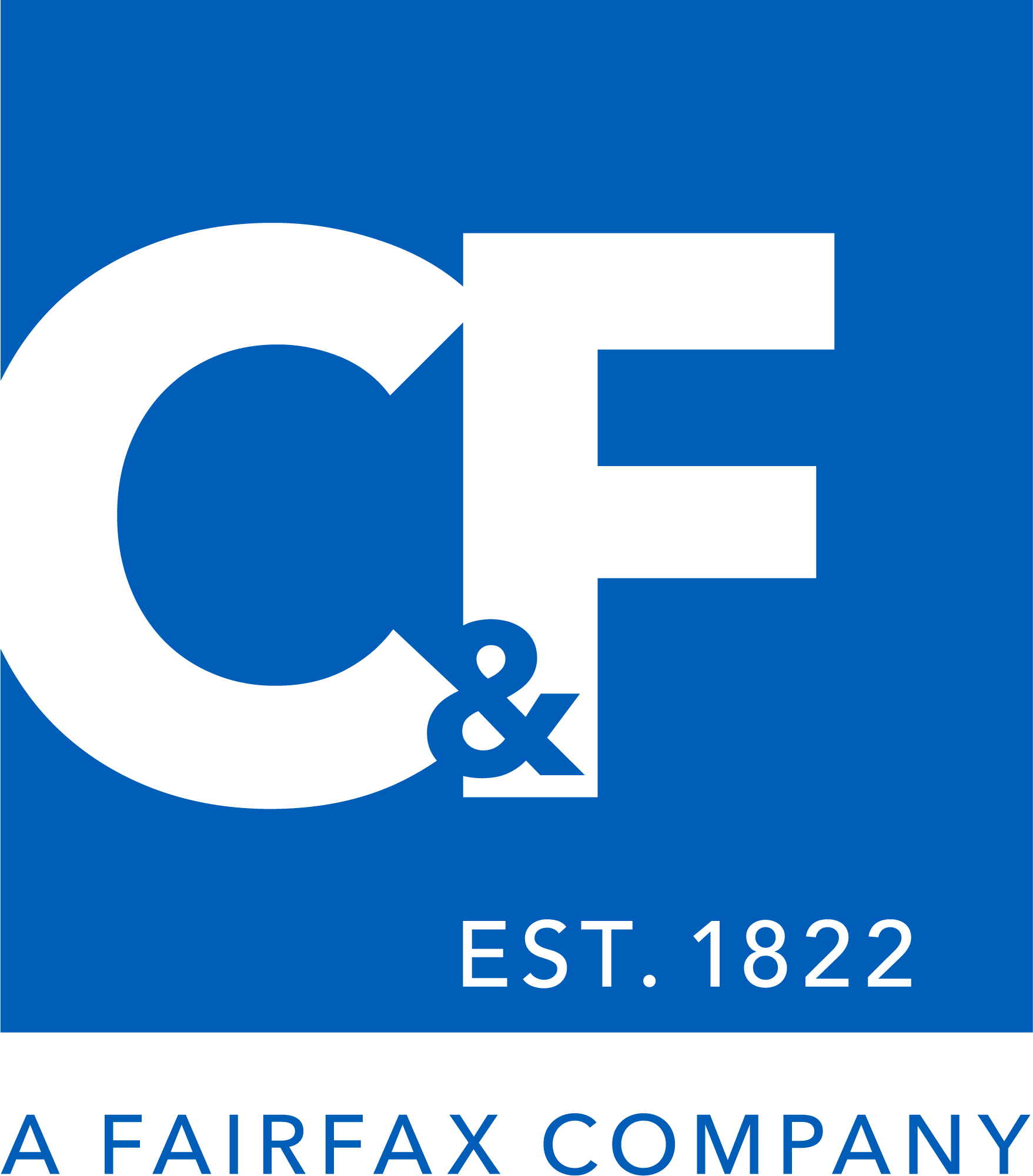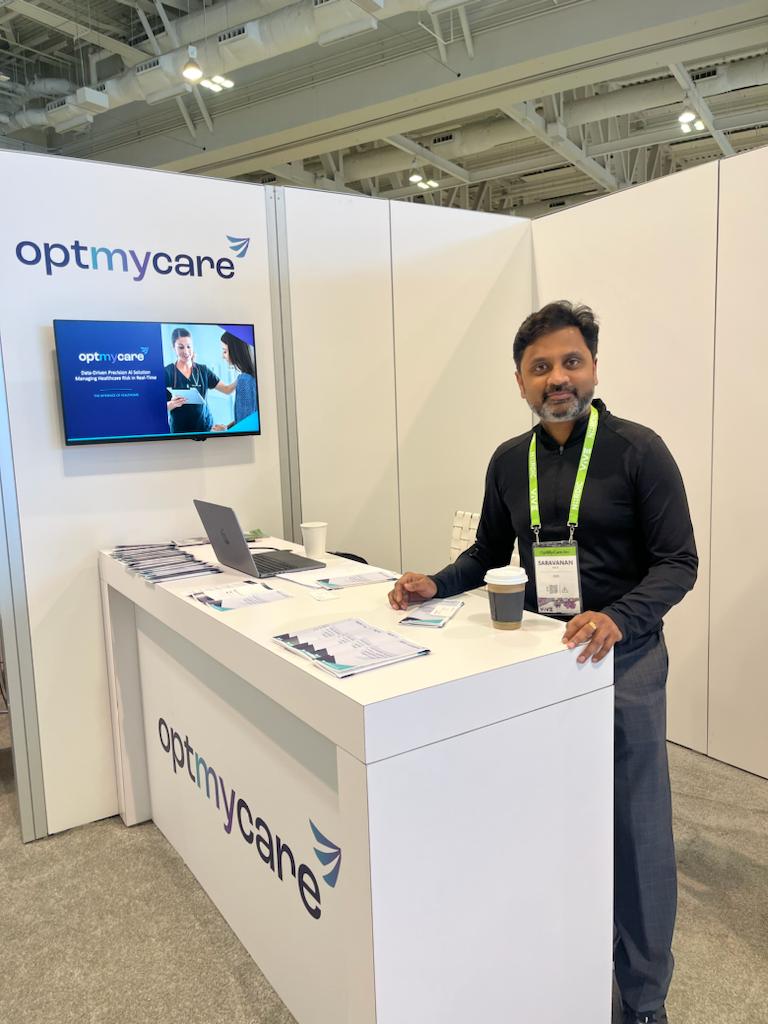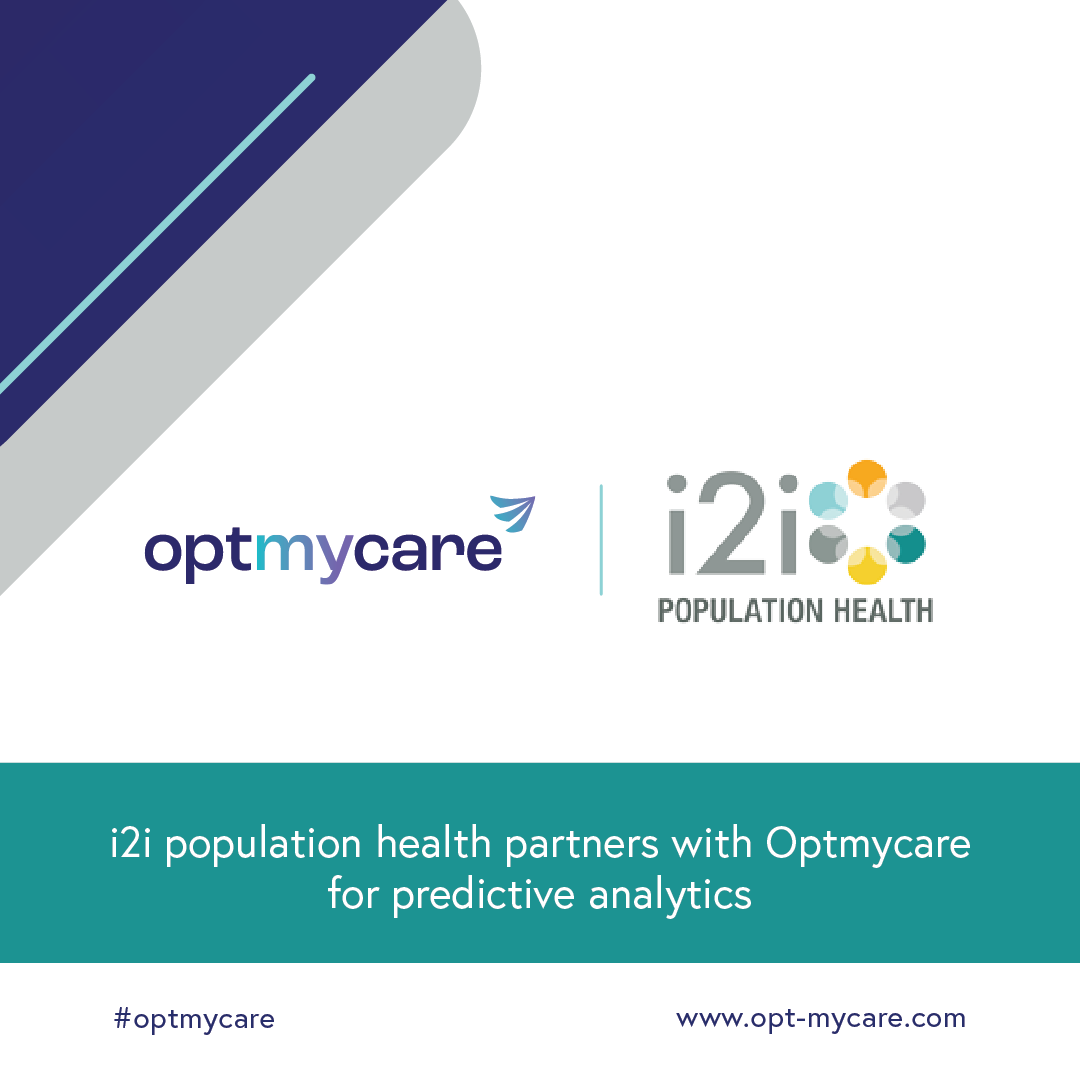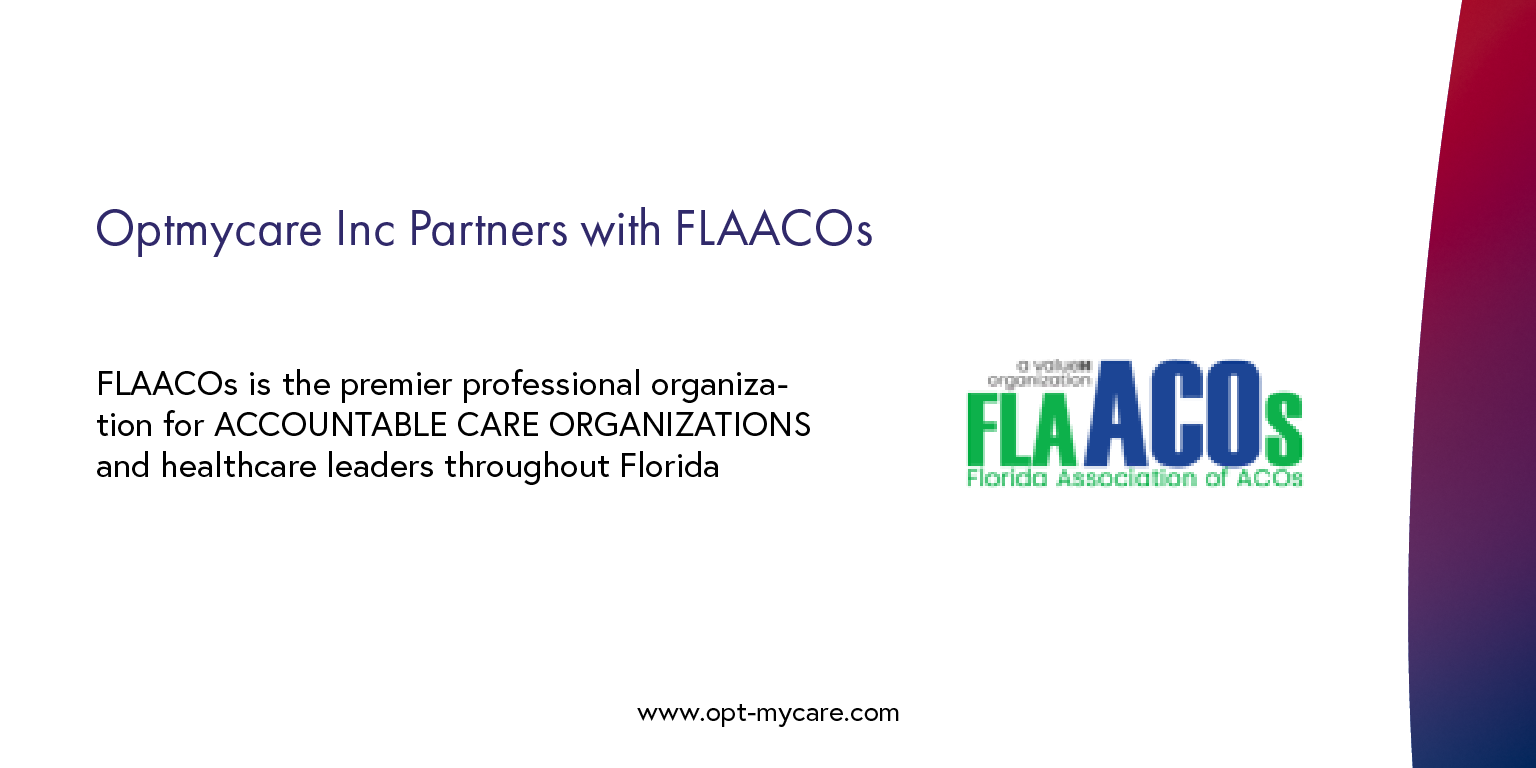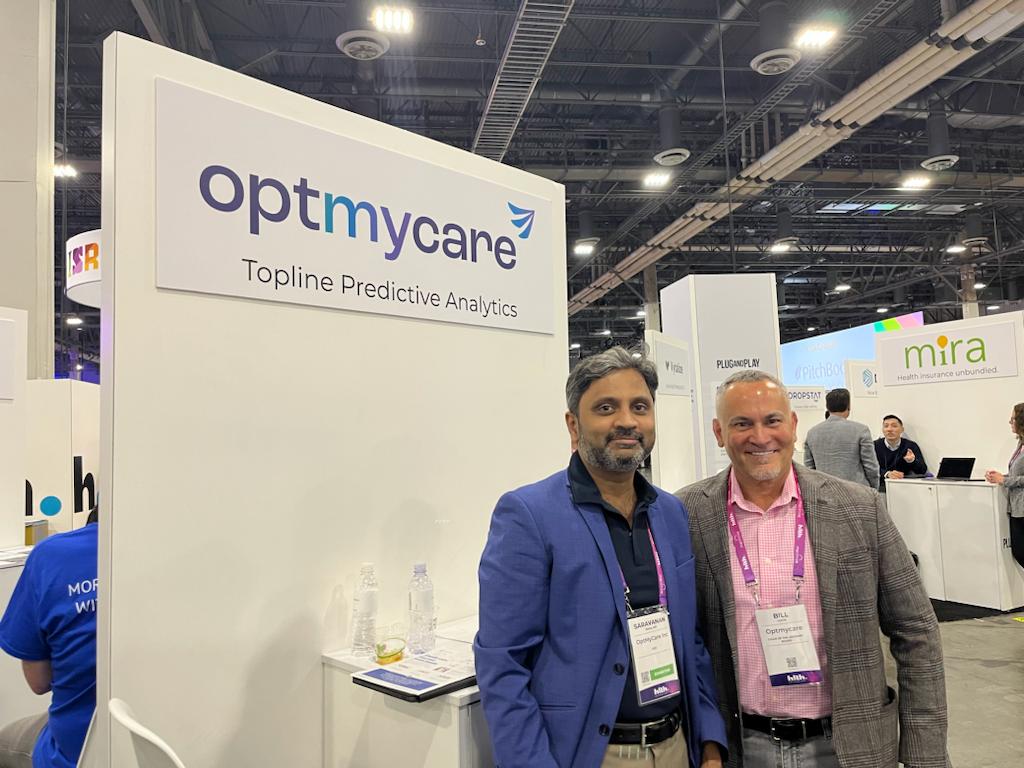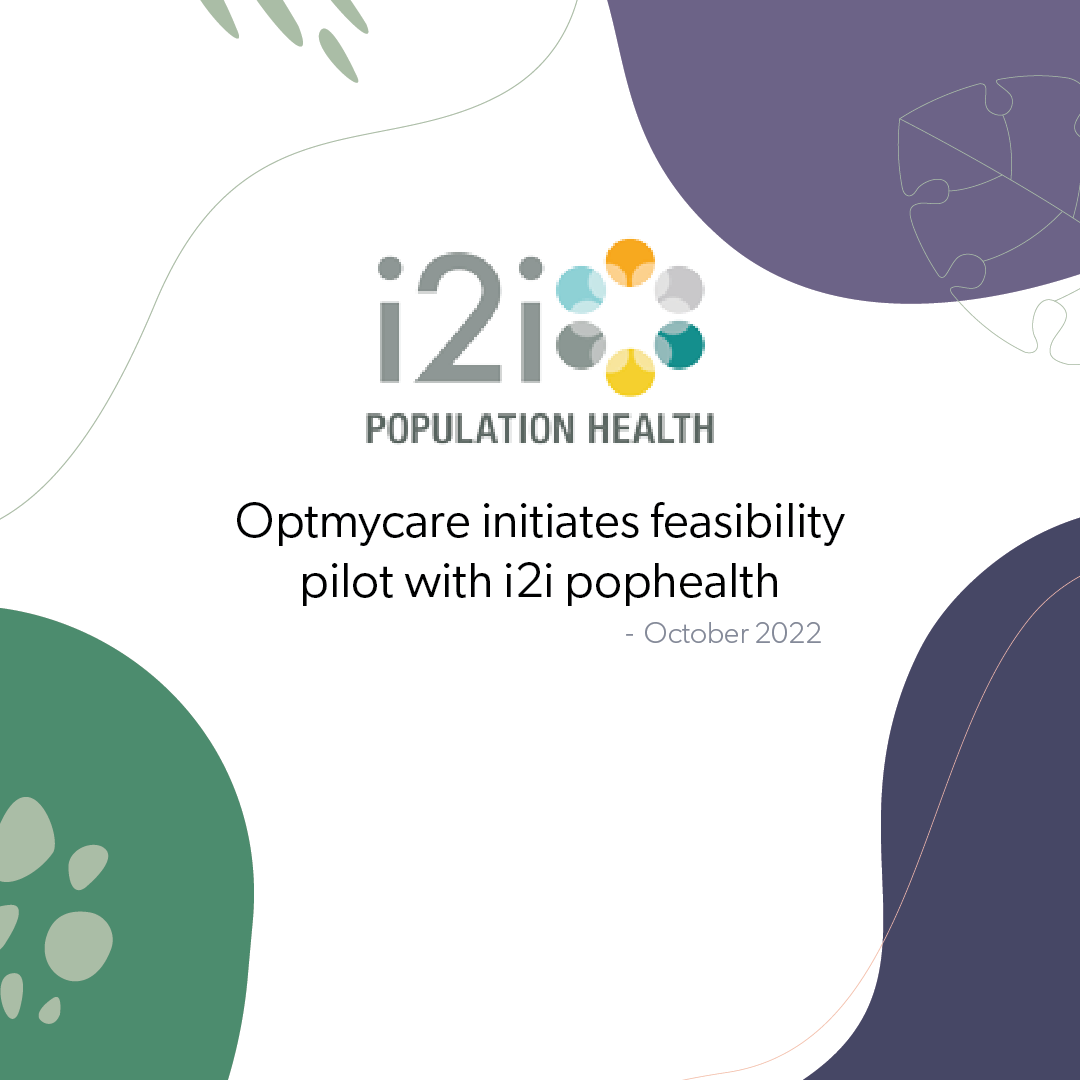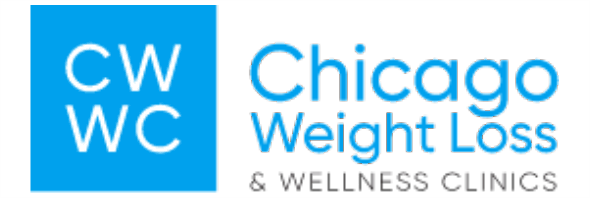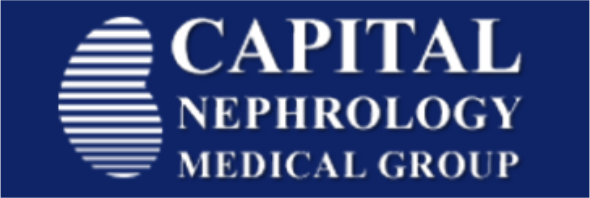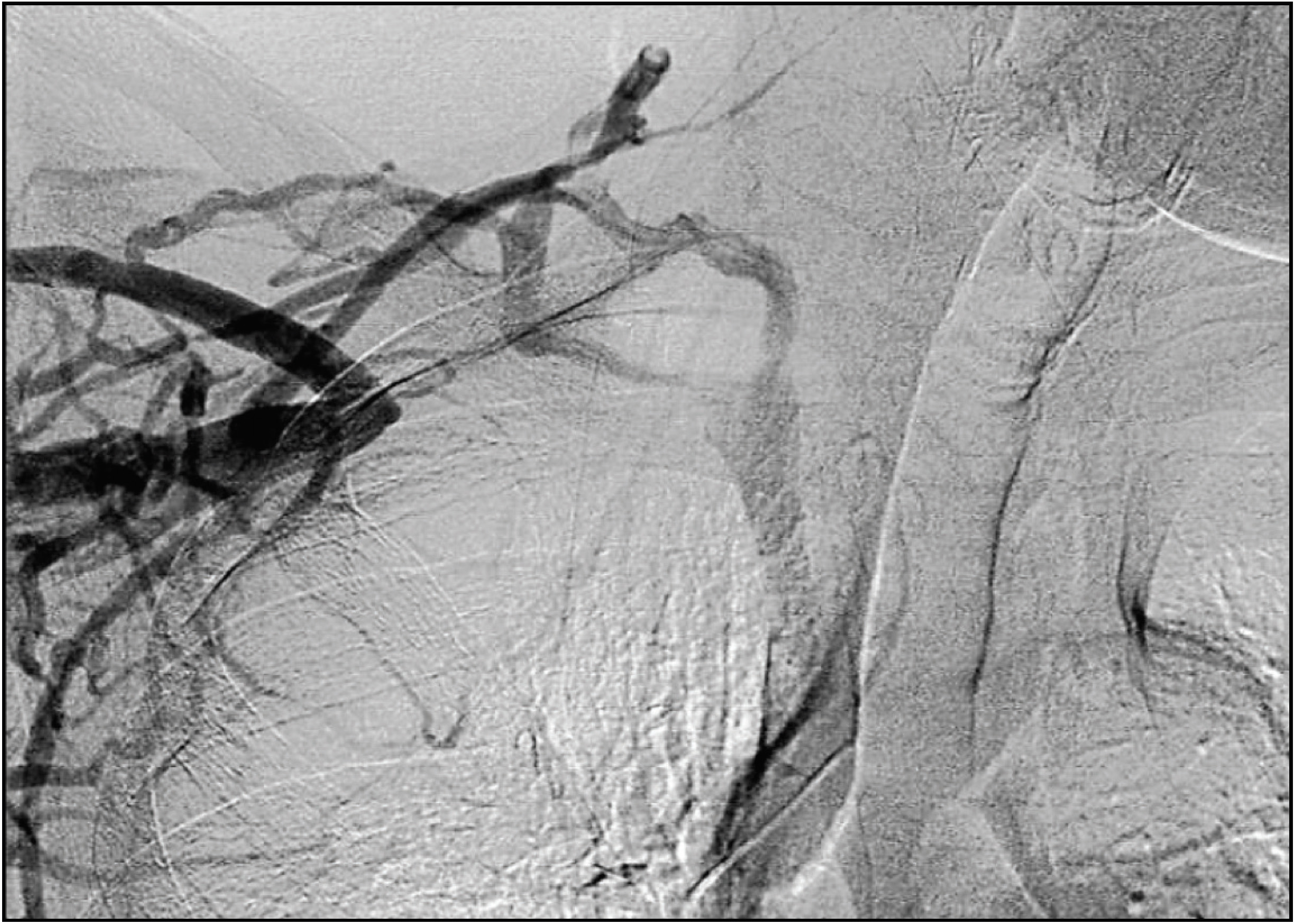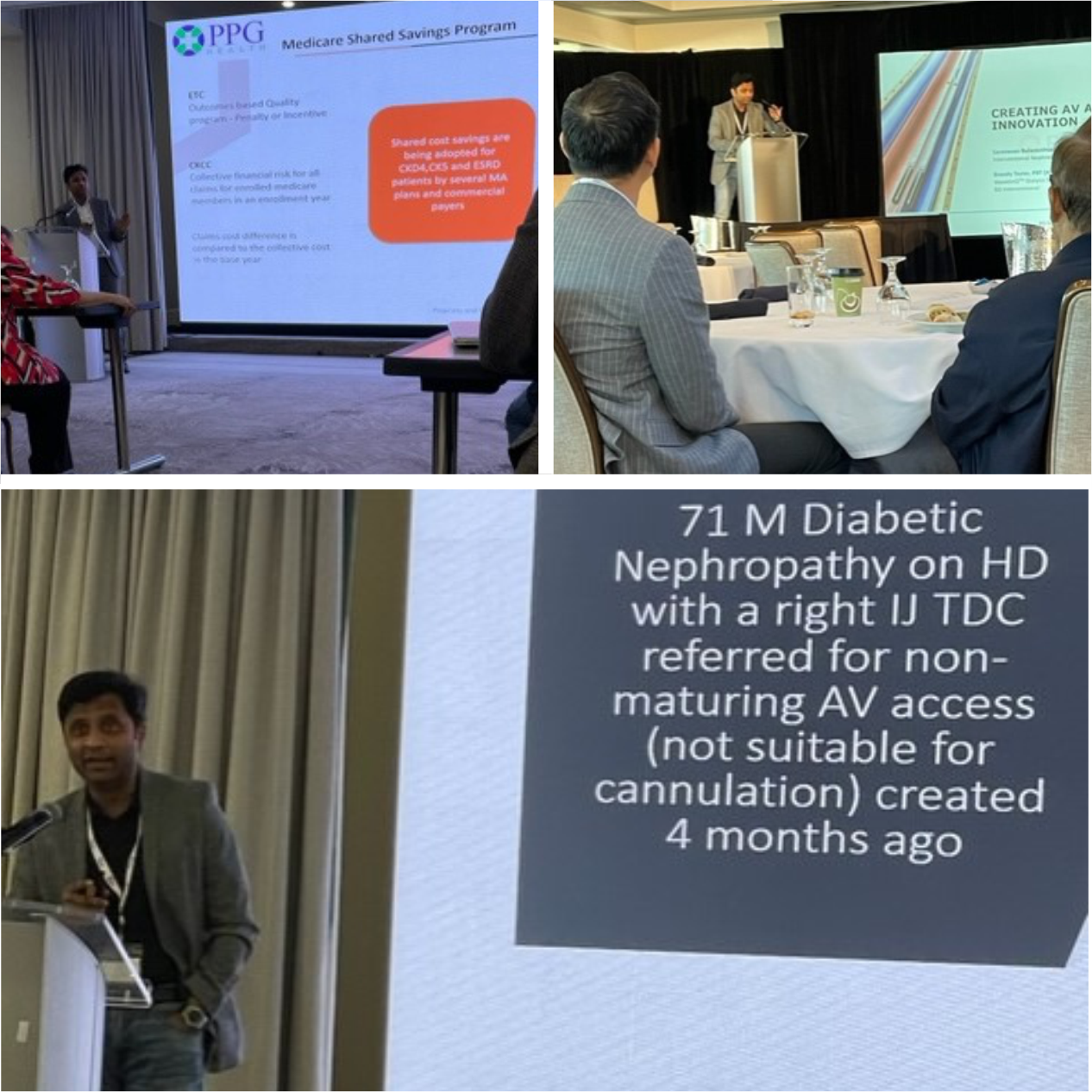
RN-Led Transitional Care Cuts Readmissions by 50%
- OmcEditor
- No Comments
Why Transitional Care is the Healthcare System’s Biggest Blind Spot
Picture this: A patient is discharged from the hospital after a serious cardiac episode. She’s relieved to go home but overwhelmed—new medications, confusing instructions, and a follow-up visit scheduled somewhere down the road. She means to take her diuretics as prescribed but misses a dose, then another. No one checks in. No one notices.
By Day 12, she’s struggling to breathe. Fluid is building up. Back to the ER. Another hospital stay. Another avoidable readmission.
Now imagine a different scenario.
Before she even leaves the hospital, her name pops up on an RN-led Transitional Care Management (TCM) dashboard. Within 48 hours, a nurse calls to check in. She reviews medications, identifies the missed doses, and helps correct the problem before it spirals. The patient’s weight is creeping up, but instead of waiting for an emergency, the RN alerts her physician, and an urgent appointment is scheduled.
By Day 12, instead of being in an ER bed, the patient is stable, recovering, and avoiding another hospitalization.
This is what structured, RN-led Transitional Care Management (TCM) can do. This is the difference between reactive and proactive healthcare.
Where Traditional Transitional Care Fails
For decades, transitional care has been treated as an afterthought, something providers handle when they have time. But when time is in short supply, patients fall through the cracks, and hospitals pay the price—both financially and in patient outcomes.
- – Approximately 17% of Medicare patients are readmitted within 30 days of discharge.
- – A significant portion of these readmissions are preventable with better care coordination.
- – ACO penalties for excessive readmissions can cost providers millions.
Without a structured Transitional Care Management process, post-acute care is a game of telephone, with too many players assuming someone else is handling the follow-up. But no one actually does.
The Power of RN-Led Transitional Care Management
Now, imagine every high-risk discharged patient gets wrapped in a safety net—an RN-led, structured, and proactive system that closes the gaps before they turn into problems.
How It Works: A Smarter Approach to TCM
Within 48 hours of discharge, an RN reaches out—not just to check a box, but to actually manage risk.
- – Medication reconciliation ensures prescriptions are filled and taken correctly.
- – A risk assessment flags warning signs like early symptom progression or missed follow-ups.
- – Care coordination kicks in, setting up primary care visits, referrals, and additional support.
The result? Fewer avoidable hospitalizations. Lower costs. Better patient outcomes.
Real-World Impact: When TCM Works, Everyone Wins
Let’s go back to our patient. Instead of waiting for her condition to worsen, her RN-led care team intervenes early.
She doesn’t land back in the ER. She doesn’t become another readmission statistic.
Instead, she stays home, recovering the way she was meant to.
The Hard Numbers: What RN-Led TCM Achieves
- – 30-day readmissions drop by up to 50%.
- – CMS-compliant TCM billing generates up to $230 per patient.
- – Provider workload is reduced—OptMyCare handles scheduling, compliance tracking, and outreach.
Why OptMyCare? Smarter TCM, Bigger Impact
OptMyCare takes Transitional Care Management to the next level by combining RN-led oversight with advanced analytics and automation—making it seamless, scalable, and effective.
- 1. Reduce Readmissions: High-touch interventions keep patients out of the hospital.
- 2. Maximize Medicare Reimbursement: Providers earn up to $230 per patient—without the admin burden.
- 3. Enhance Efficiency: OptMyCare manages TCM outreach, documentation, and compliance so your providers can focus on patient care.
The Bottom Line: TCM is Not an Option—It’s a Necessity
Hospitals can’t afford to overlook Transitional Care Management. Every preventable readmission is a failure of the system, one that costs both lives and dollars.
If your organization doesn’t have a structured, RN-led TCM model in place, you’re not just losing revenue—you’re losing patients to a broken process.
Let’s fix it.


